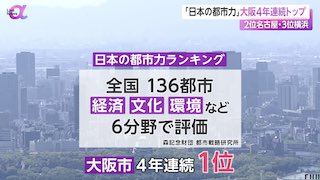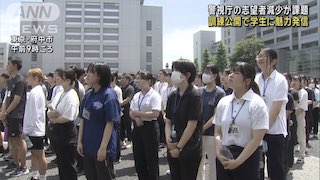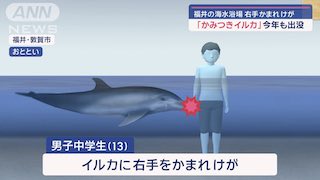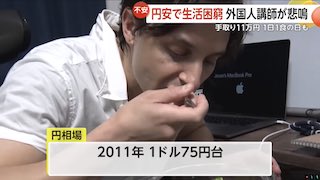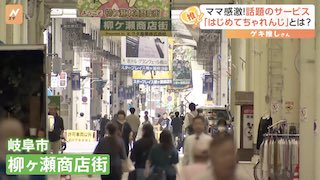May 29 (theguardian.com) - Set against mountains and forests, Nagi basks beneath a cobalt sky, reflected in perfectly symmetrical rows of submerged rice paddies. But there is more to this town in western Japan than pretty views and agricultural output. Nagi is quietly producing what much of the rest of the country is lacking: children.
On a recent afternoon, groups of schoolchildren weighed down by their randoseru stopped off at the museum of contemporary art on their way home. In a public building nearby, adults struggled to make themselves heard above the din of excitable preschoolers.
It is the sound of a community that is defying Japan’s stubbornly low birthrate, and by some margin.
The fertility rate in Nagi more than doubled from 1.4 to 2.95 in 2019, dropping slightly to 2.68 in 2021 – still more than twice the national average of 1.3, or the number of children a woman can expect to have in her lifetime.
Amid warnings from the prime minister, Fumio Kishida, that Japan’s declining birthrate threatens its ability to function as a society, the town’s 5,700 residents might just have found the answer.
Its elevated birthrate is the result of two decades of local initiatives designed to make this farming town a child-rearing utopia and, perhaps, arrest a demographic trend that, according to the most recent government forecast, will send Japan’s population plummeting from 125 million today to 87 million in 2070. With population decline comes a shrinking economy, huge pressure on families and an over-burdened workforce.
Nagi has earned the nickname of Japan’s “miracle town” through a combination of generous financial incentives and, as the Guardian discovered during a recent visit, by involving every member of the community in bringing up its youngest residents. ...continue reading






